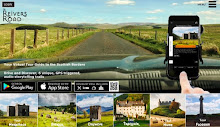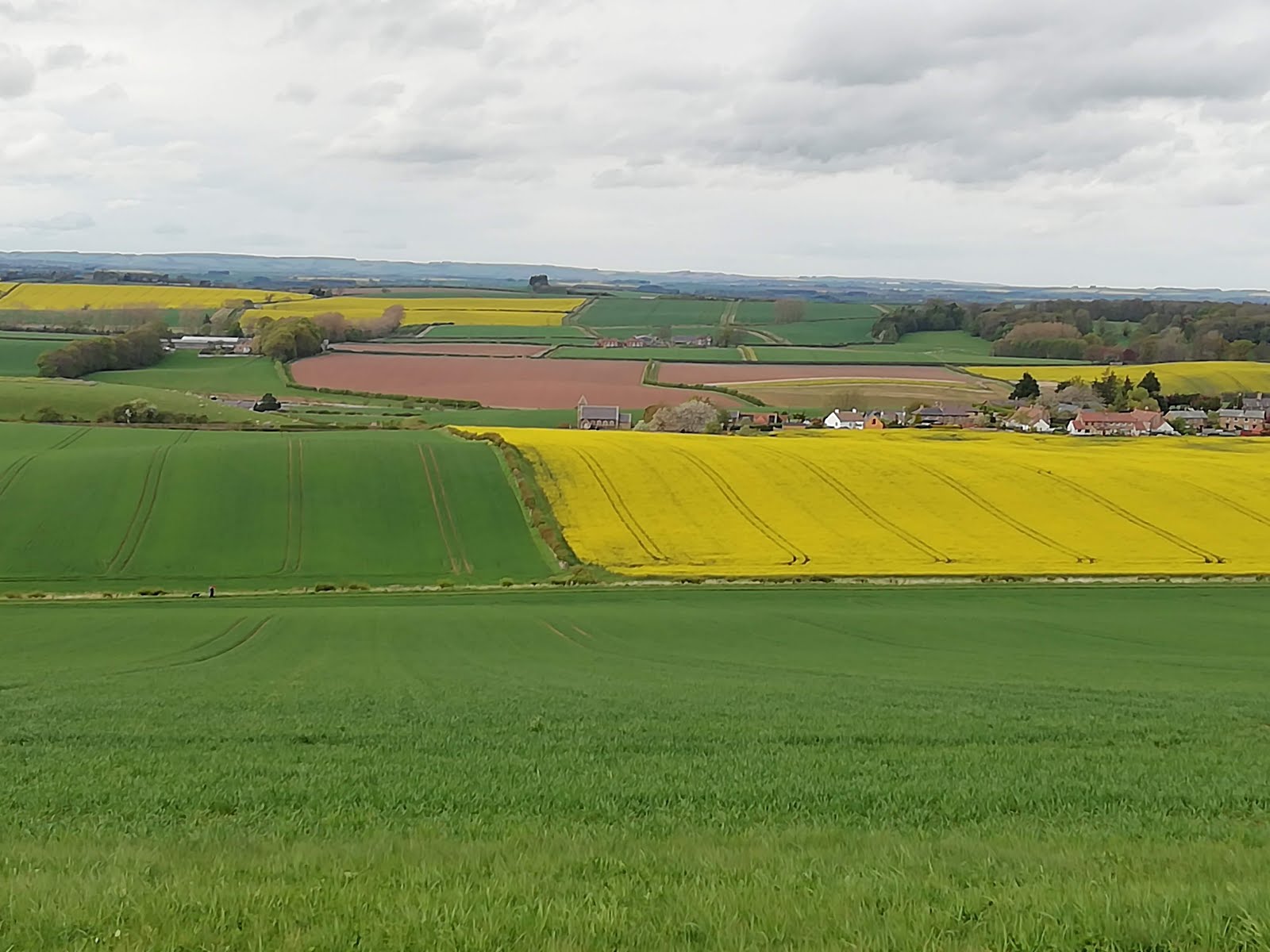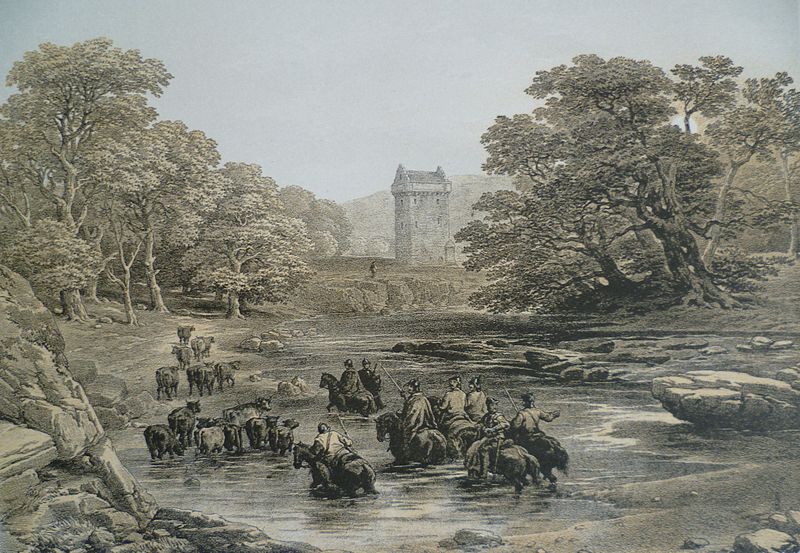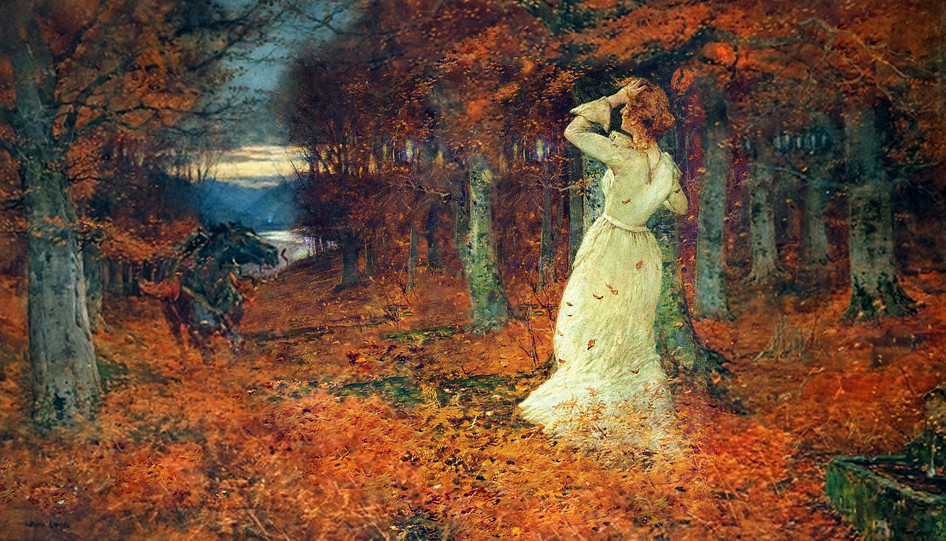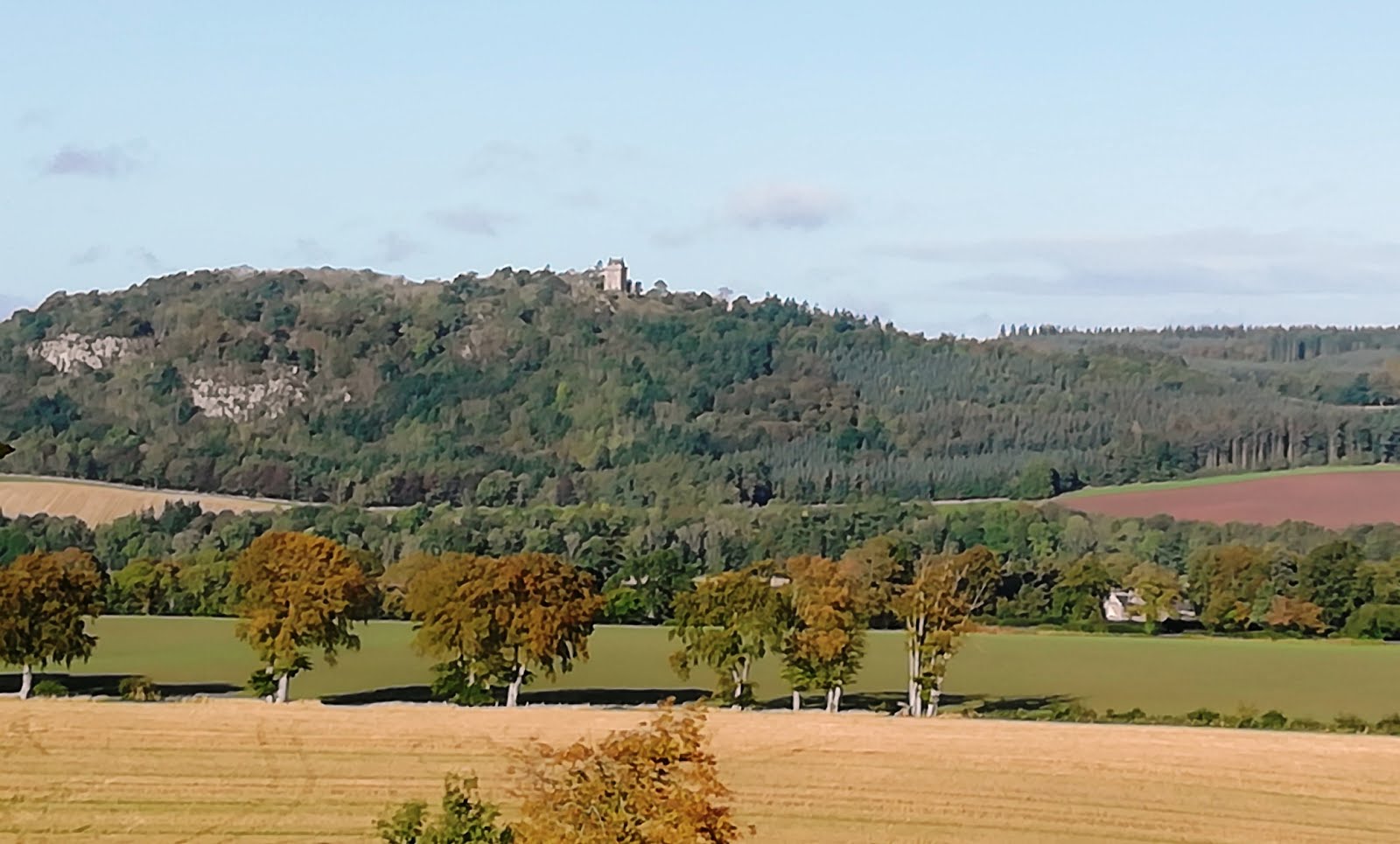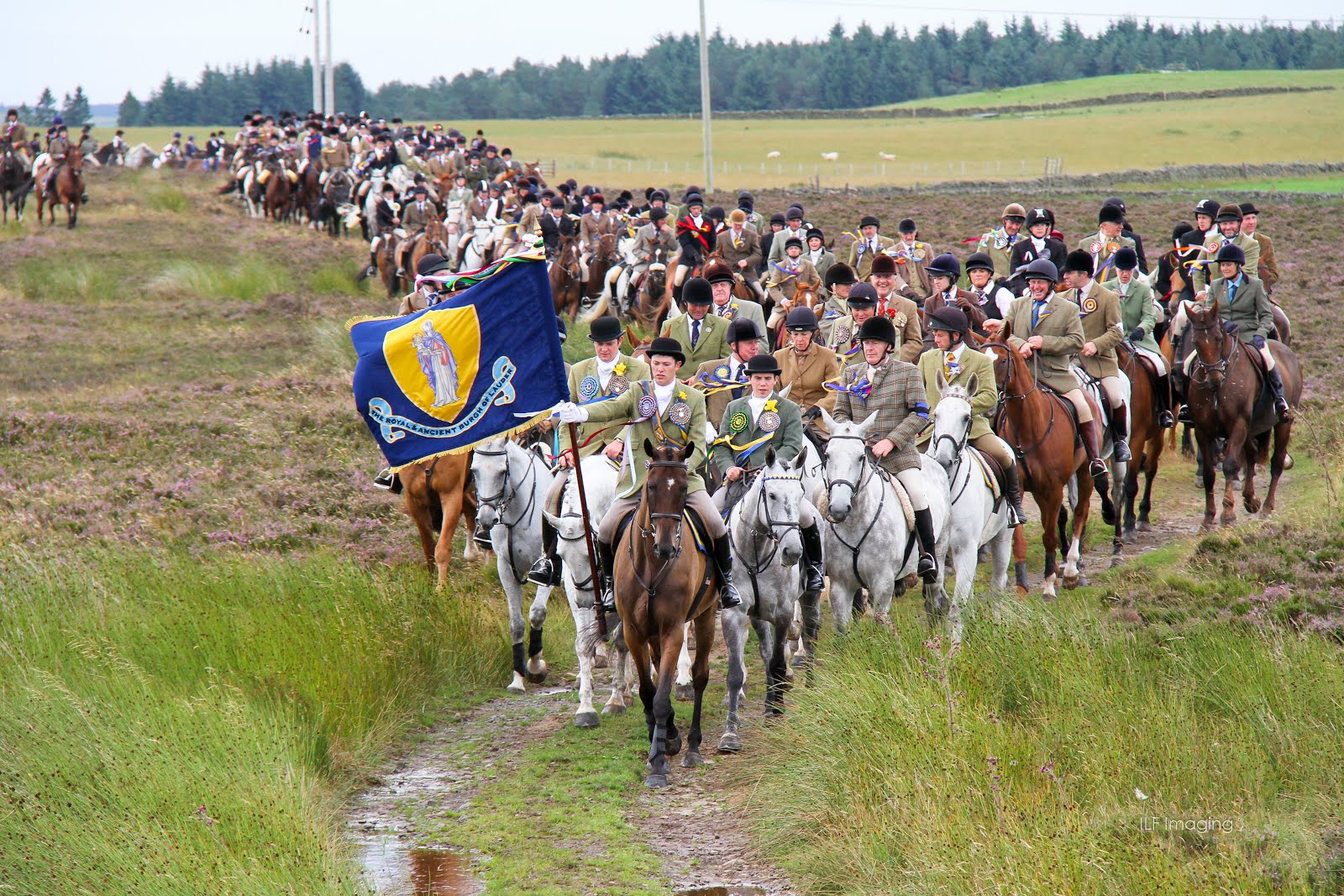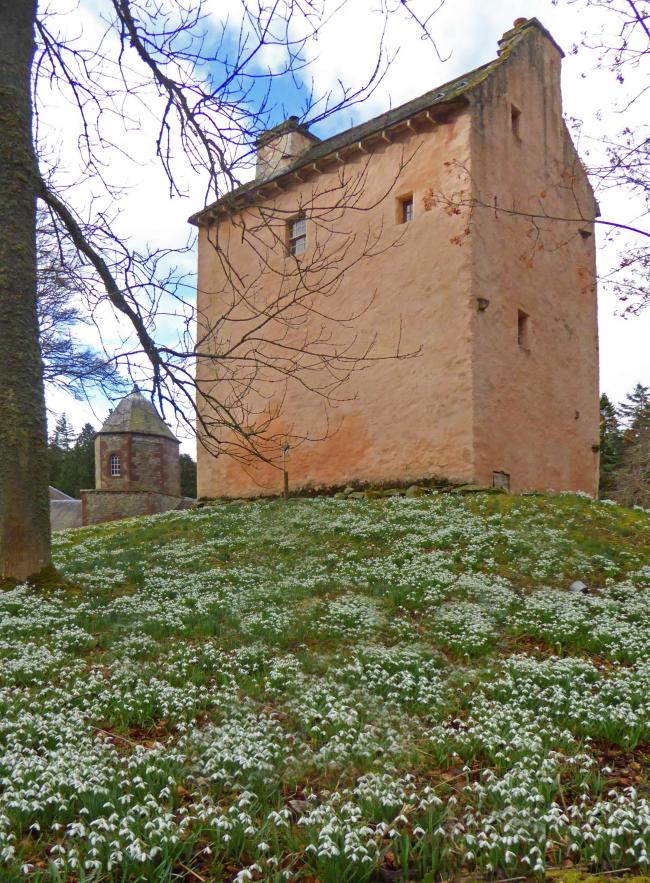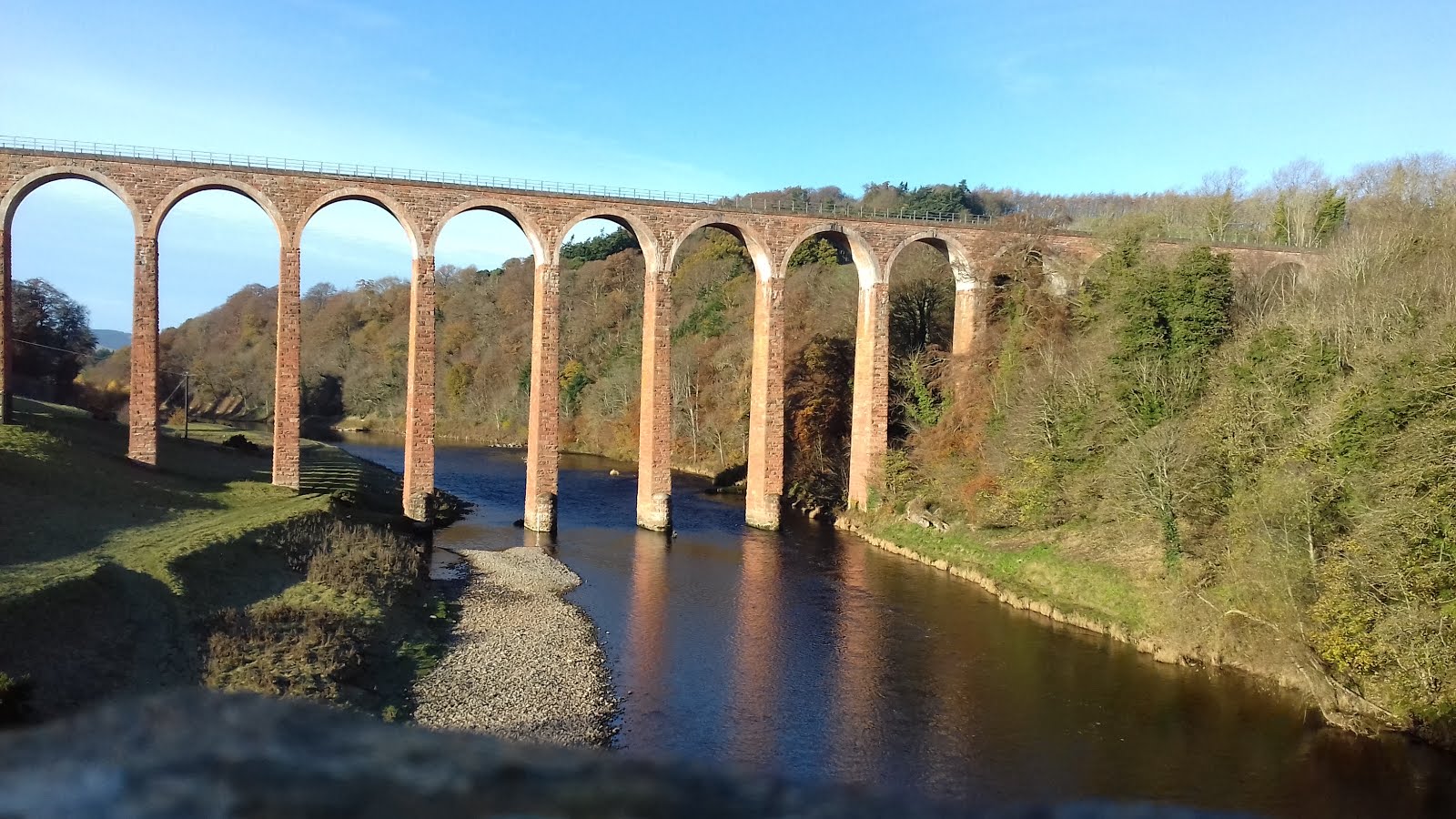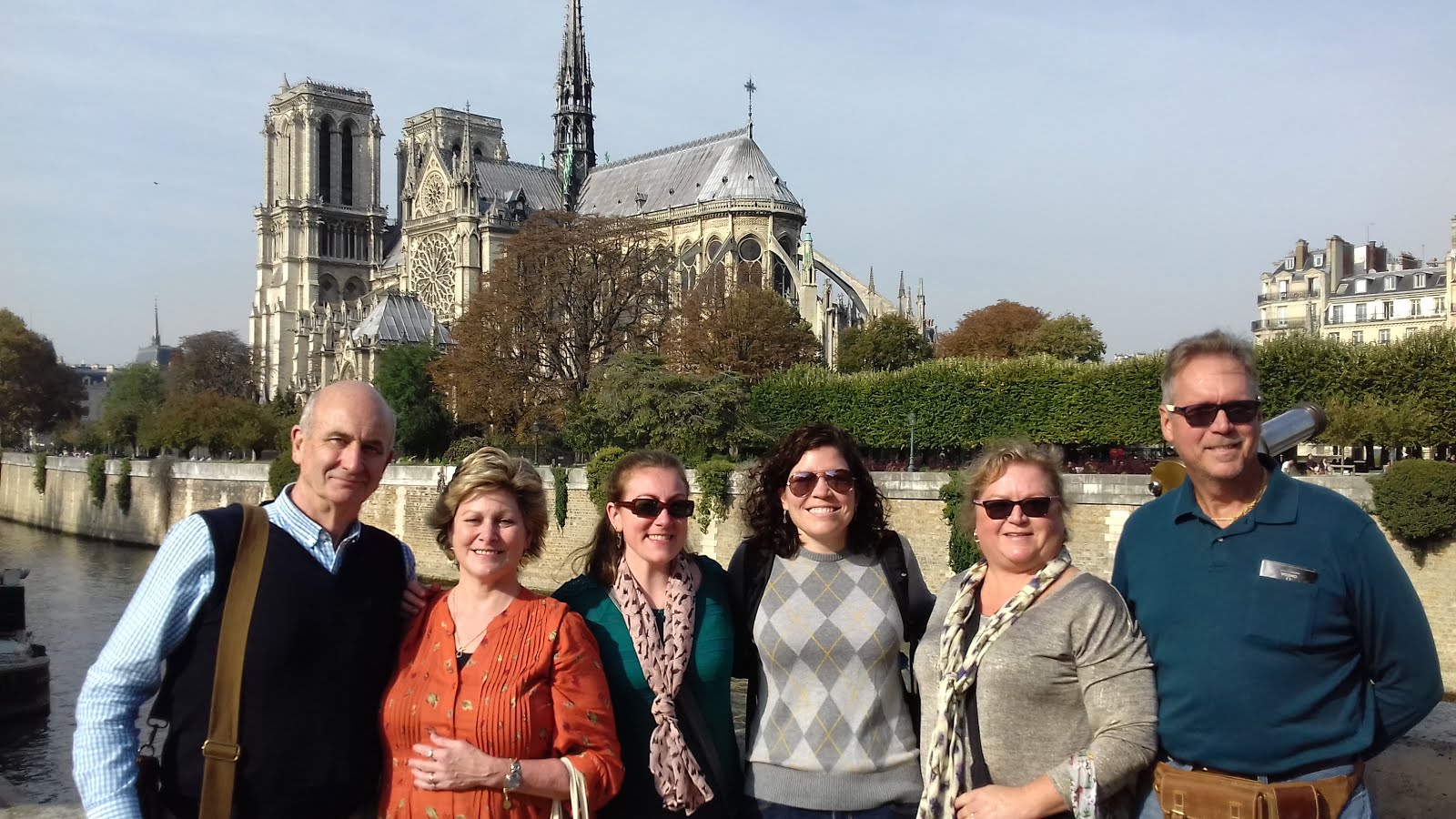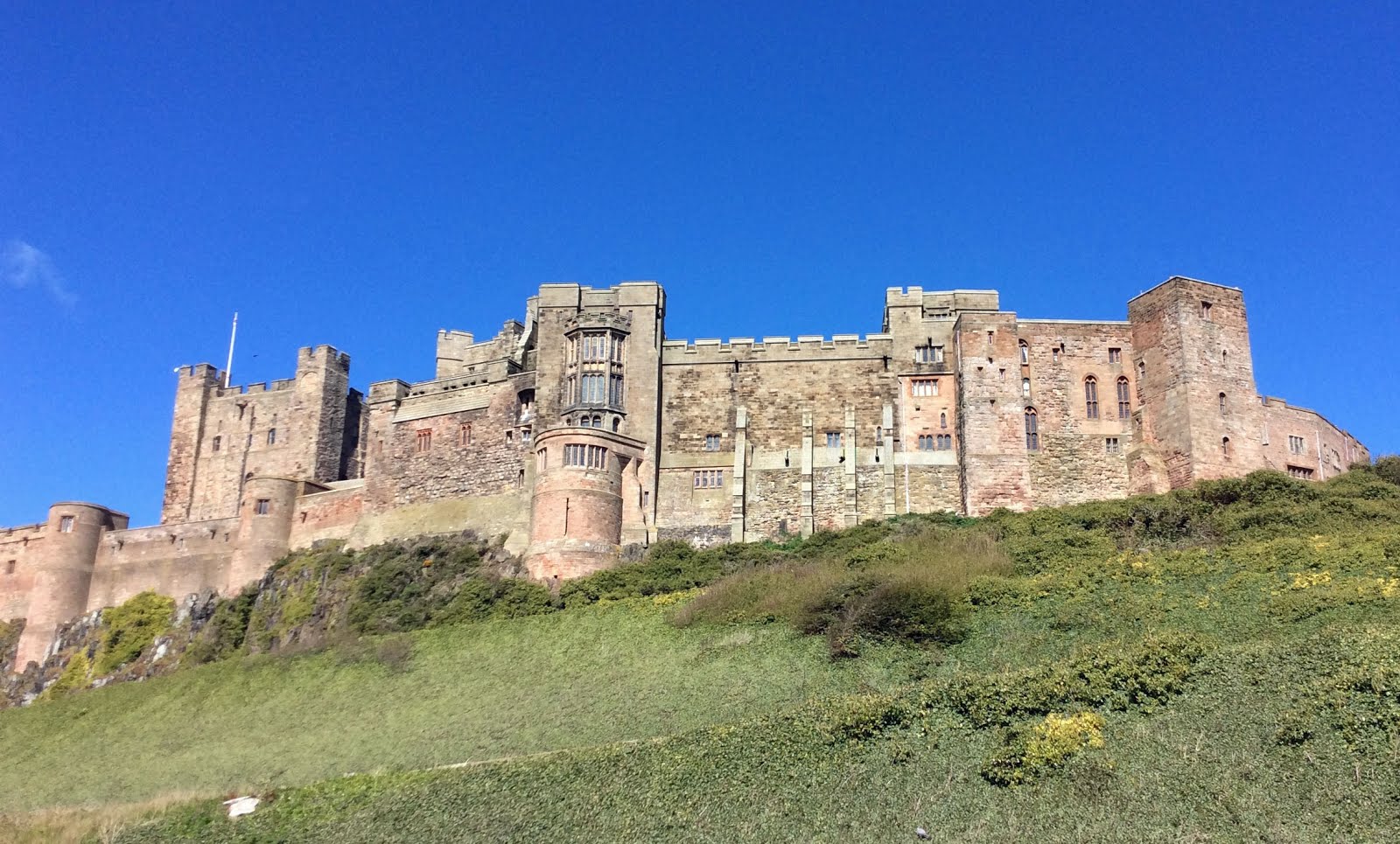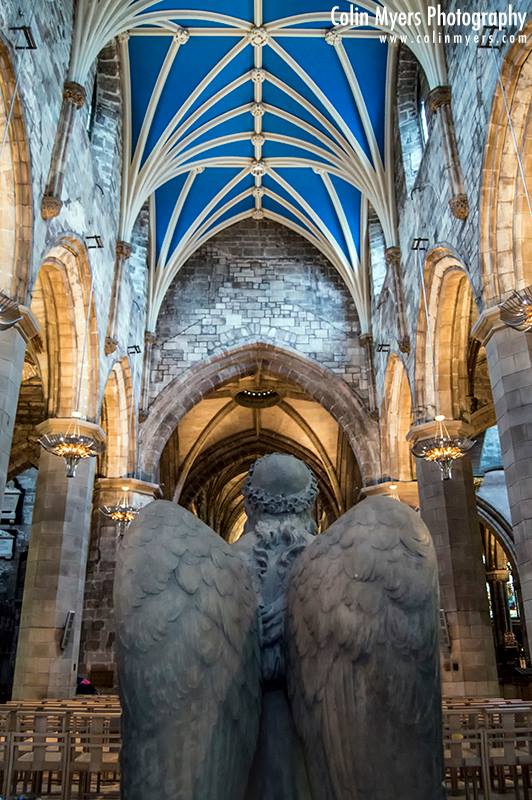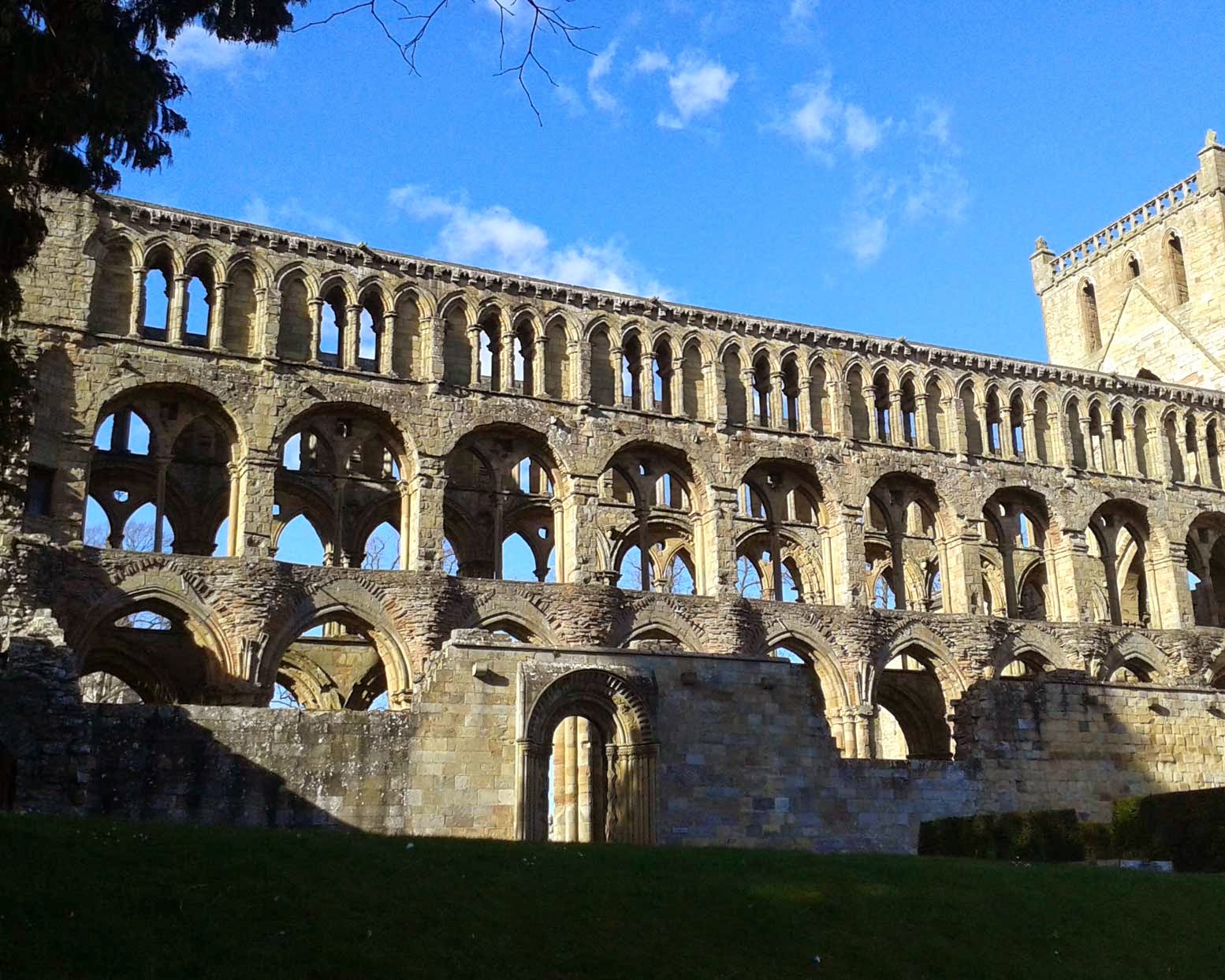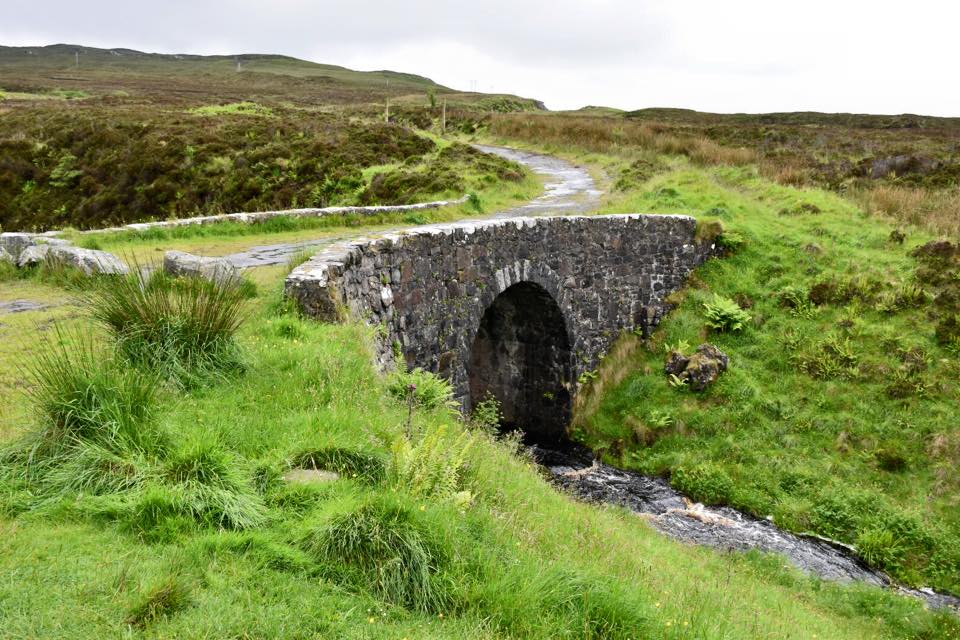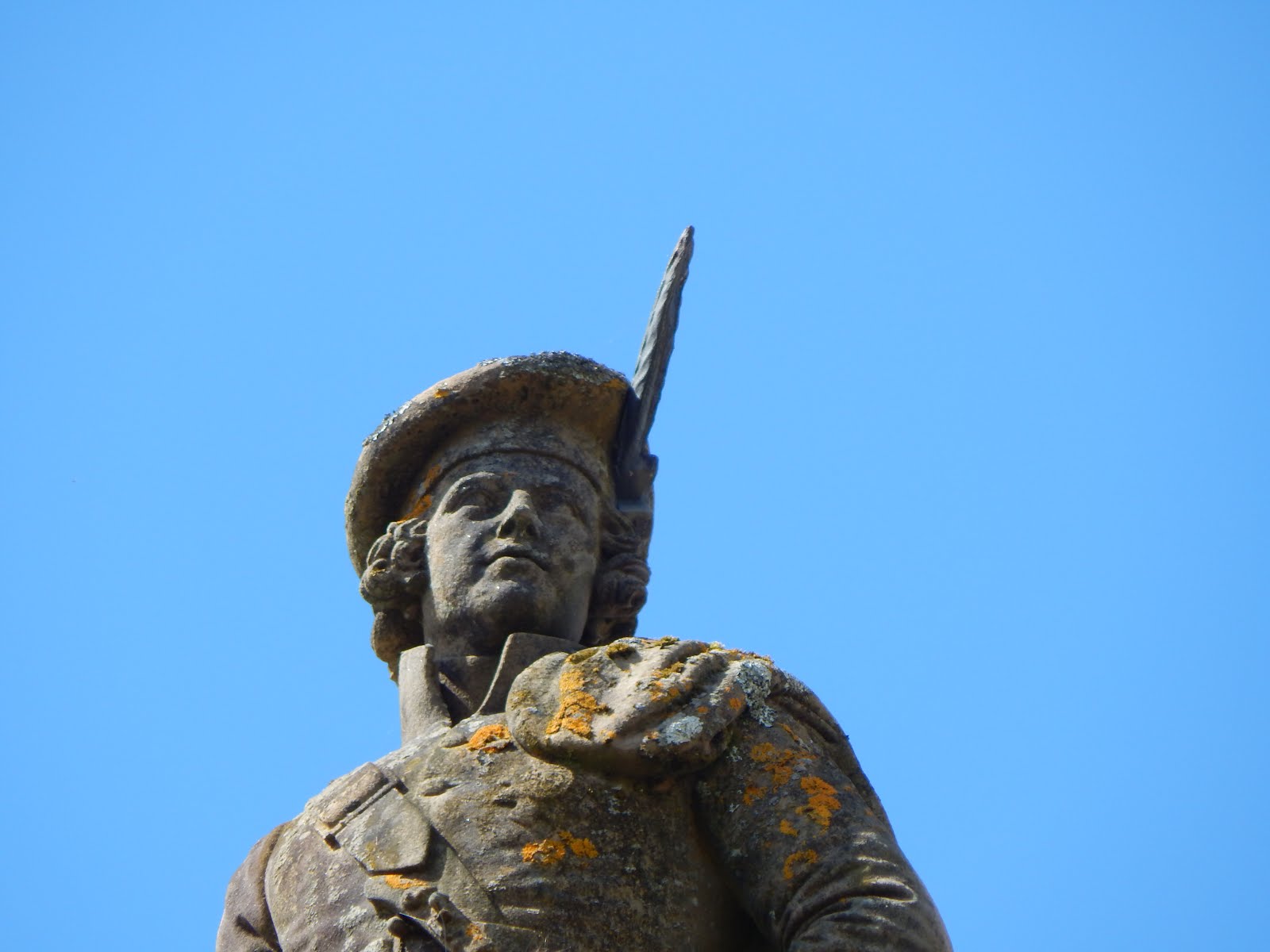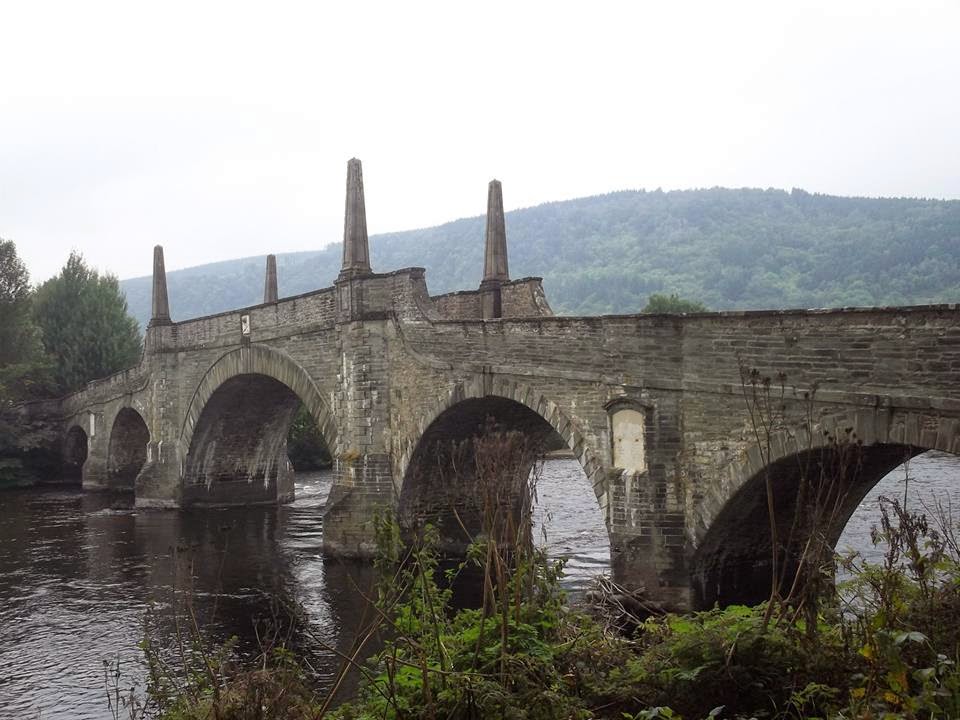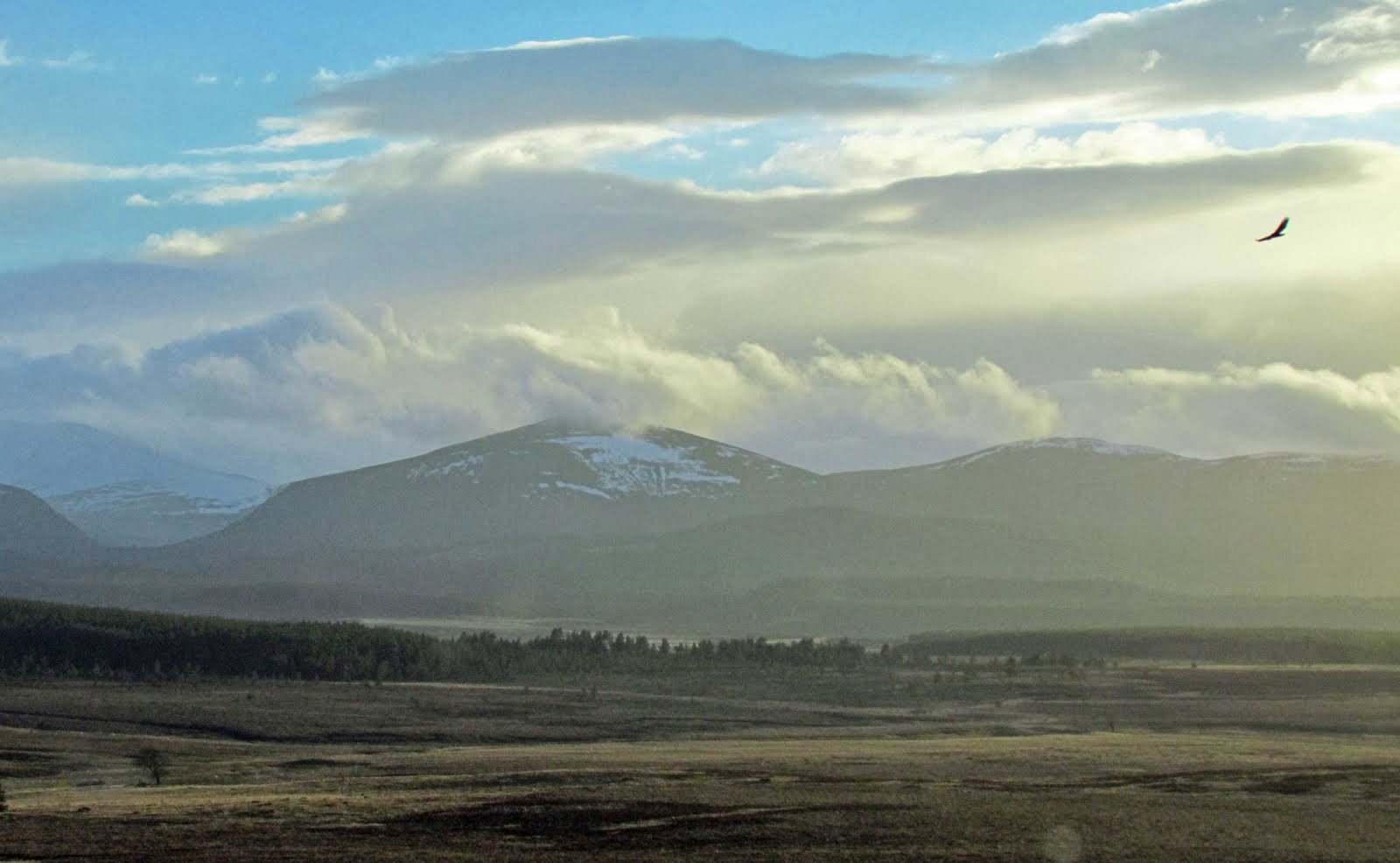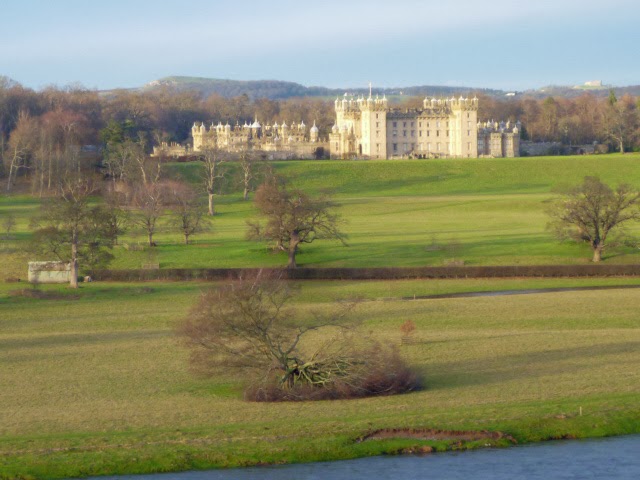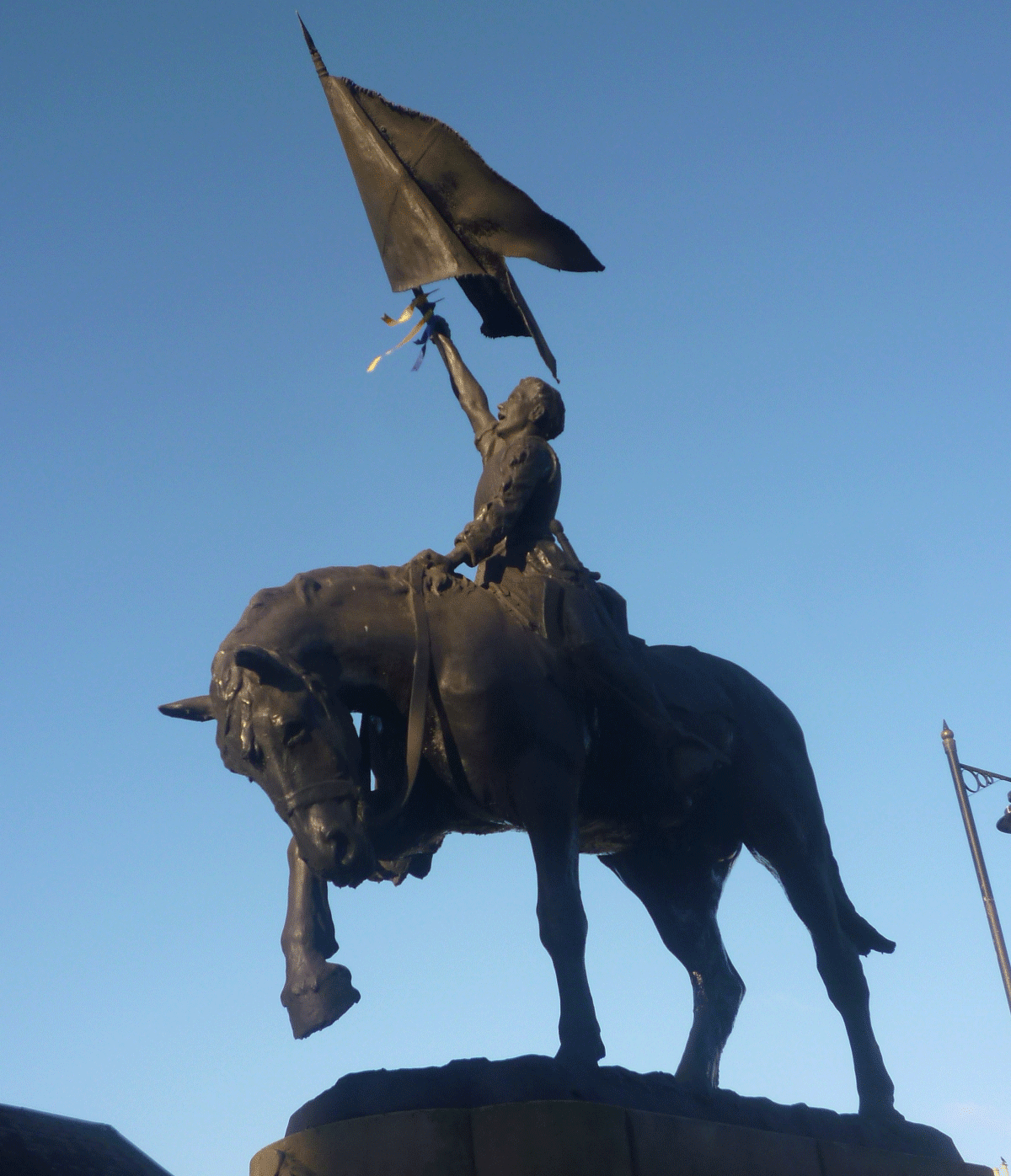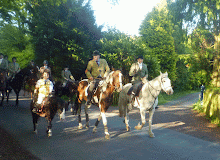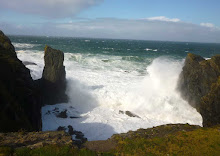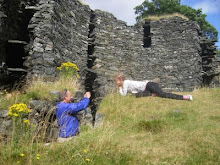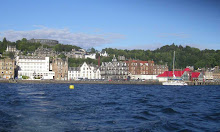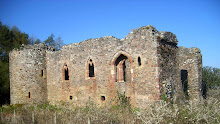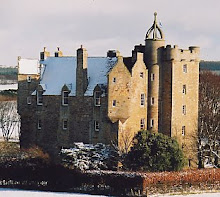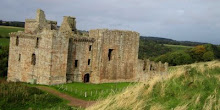 |
| Cavers Castle (or maybe Cavers House?) in its prime. |
 |
| Cavers now. |
I chatted to some people from a cottage nearby. "It's not really a castle", they said, "more of a mansion house". And when I looked in my favourite reference book, the entry under Cavers Castle read, 'See Cavers House'.
So which is it?
The generally accepted definition of a castle is a 'private fortified residence'. When built in the 16th century Cavers was undoubtedly a castle; but in 1887 it was rebuilt for gracious living with no thought for defence. Queen Victoria and Prince Albert did not build Balmoral as a fortified residence in 1856 but, unlike Cavers, it does have many of the architectural defensive features of a castle.
 |
| Balmoral Castle. |
Blair Castle, seat of the Dukes of Atholl, started as a castle, was remodelled in 1740 to be a stylish country house with no turrets or castellations then in the 1860s, under the influence of Balmoral, was transformed back into a castle!
So it is a grey area... which could confuse the potential castle purchaser. Or, more unfortunately, a visitor to our shores; Castle Venlaw in Peebles, for example, is a very good hotel, but no more a castle than your house or mine!




